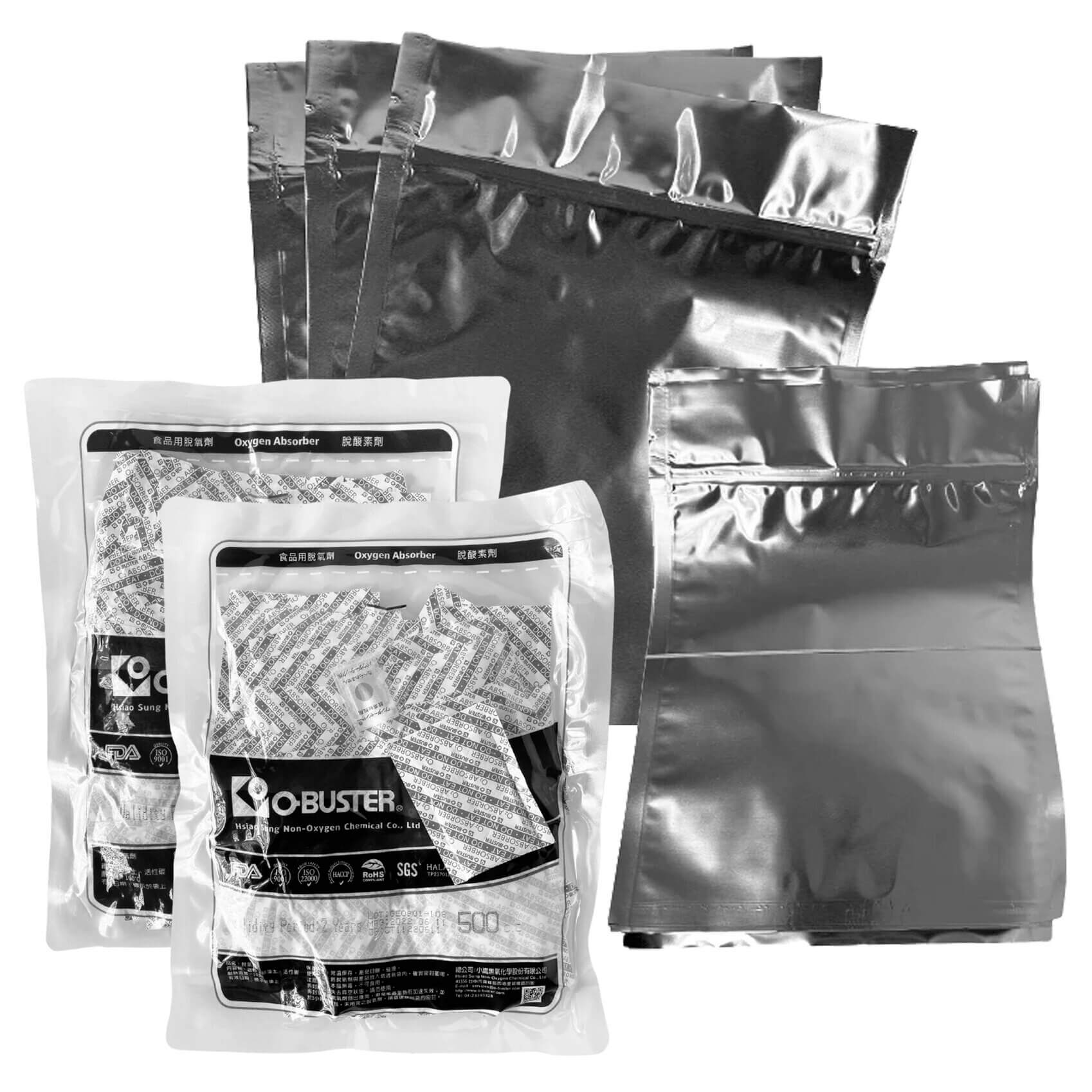
The Ultimate Guide to Storing Freeze-Dried Products
Freeze-dried products have gained popularity due to their convenience, long shelf life, and retention of nutrients and flavours. Whether you're stocking up on emergency supplies, preparing for outdoor adventures, or simply incorporating them into your everyday meals, proper storage is crucial to maintain their quality and safety.
In this comprehensive guide, we'll explore the best practices for storing freeze-dried products, factors that can affect their shelf life, and tips to ensure they remain fresh and flavourful for as long as possible.
Understanding Freeze-Dried Products
Freeze-drying is a preservation method that involves freezing the product and then removing the water content through sublimation, leaving behind a lightweight, shelf-stable product with minimal loss of nutrients and flavour. Common freeze-dried products include fruits, vegetables, meats, and cooked ready-to-eat meals.
Best Practices for Storing Freeze-Dried Products
1. Keep Them in a Cool, Dry Place
Heat and moisture are the enemies of freeze-dried products. Store them in a cool, dry environment away from direct sunlight. Ideally, temperatures should be between (10°C to 21°C). Avoid areas like attics or garages where temperatures can fluctuate dramatically.
2. Use Airtight Containers
Once opened, transfer freeze-dried products to airtight containers to protect them from moisture and oxygen. Mason jars, Mylar bags, or vacuum-sealed pouches are excellent options for storing smaller portions. Make sure to remove as much air as possible before sealing the container.
3. Avoid Exposure to Oxygen
Oxygen can degrade the quality of freeze-dried products over time. Consider using oxygen absorbers or nitrogen flushing techniques when packaging or repackaging your items. This helps to create an oxygen-free environment inside the storage container, prolonging shelf life.
4. Label and Rotate Your Stock
Proper labelling ensures you can easily identify and track the contents and expiration dates of your freeze-dried products. Practice FIFO (First In, First Out) rotation to use older items before newer ones. This helps prevent waste and ensures you always have fresh supplies on hand.
5. Monitor for Signs of Spoilage
While freeze-dried products have a long shelf life, they can still degrade over time, especially if not stored properly. Keep an eye out for any changes in colour, texture, or smell, which may indicate spoilage. If in doubt, it's best to discard the product to avoid potential food-borne illness.
Factors Affecting Shelf Life
Several factors can influence the shelf life of freeze-dried products:
1. Temperature Fluctuations
Extreme temperatures, whether hot or cold, can accelerate the degradation process of freeze-dried products. Consistent, moderate temperatures are essential for maximising shelf life.
2. Exposure to Moisture
Even small amounts of moisture can rehydrate freeze-dried products, leading to spoilage and mould growth. Keep them sealed in airtight containers and avoid exposing them to humid environments.
3. Oxygen Exposure
Oxygen can cause oxidation, leading to changes in flavour, colour, and texture. Minimise oxygen exposure by using proper packaging techniques, oxygen absorbers and storage containers.
4. Light Exposure
Ultraviolet (UV) light can degrade the quality of freeze-dried products over time. Store them in opaque containers or in a dark pantry to protect them from light exposure.
5. Packaging Quality
The quality of the packaging material can impact the shelf life of freeze-dried products. Choose high-quality, food-grade containers that provide an effective barrier against moisture, oxygen, and light.
Conclusion
Proper storage is essential for maintaining the quality and safety of freeze-dried products. By following the best practices outlined in this guide and understanding the factors that can affect shelf life, you can enjoy fresh, flavourful freeze-dried foods for an extended period. Whether you're stocking your pantry for emergencies or adding convenience to your daily meals, investing in proper storage solutions will ensure your freeze-dried products last.

Leave a comment